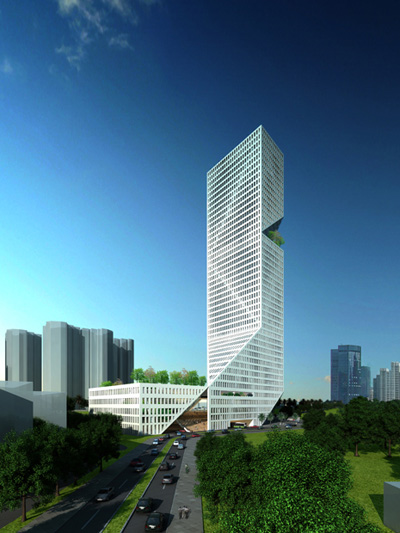
Project: Shenzhen Interchange
Designed by WORKac
Location: Shenzhen, Guangdong China
Website: work.ac
Shenzhen Interchange, a project by WORKac in one of the fastest growing cities in China, view architects description and more images after the jump:

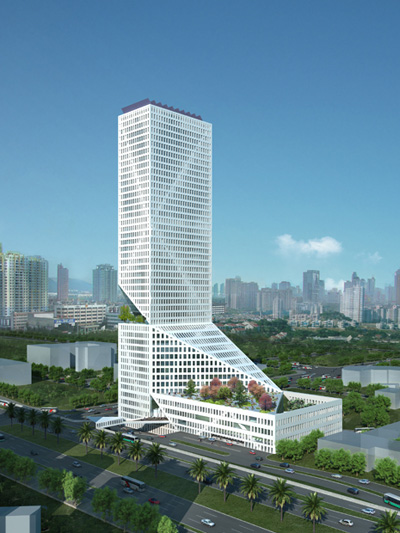
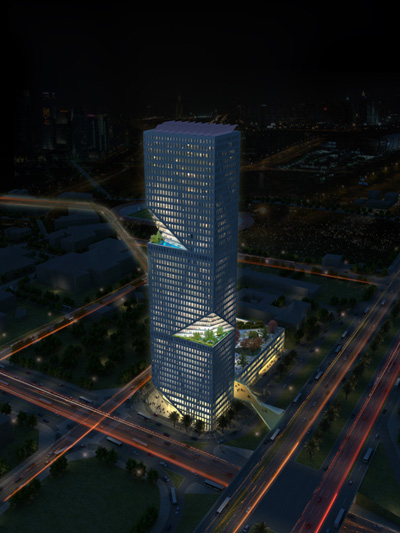
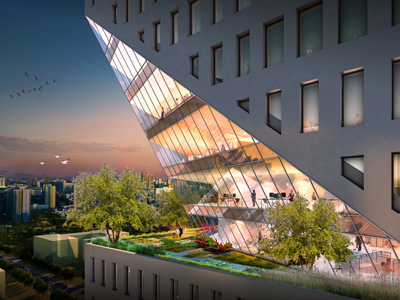
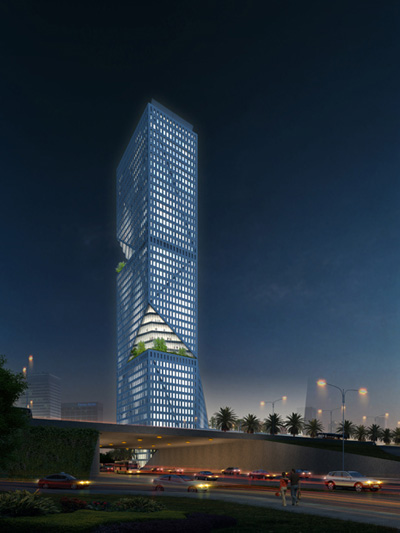
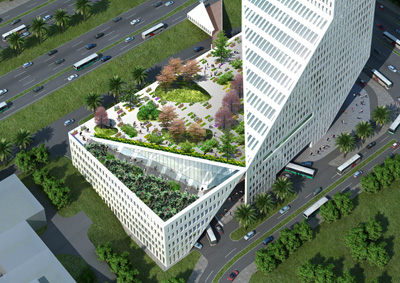
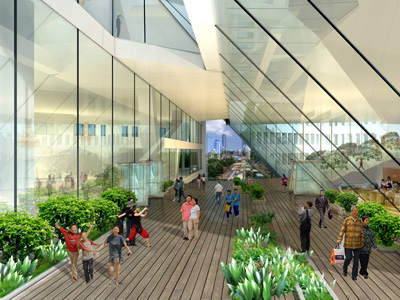
For cities to become truly sustainable, buildings of the future must embrace a new kind of density, becoming more mixed – and more vertical. New landmark skyscrapers will embrace both diversity and sustainability in the creation of stacked cities in the air – places of intense urban interchange that combine infrastructure, mixed uses, and public space. WORKac’s design for the Shenzhen Metro Tower is a visible expression of this new approach.
The tower is located at two significant intersections: the horizontal crossroads of major boulevards and a new vertical interchange between the underground metro, ground-level bus station, shopping podium and the offices and hotel above – essentially linking the metro with the sky. Our design celebrates this condition by tracing the diagonal line of the Metro Line #1 up through the building. The subway can also be easily accessed directly through the main elevators of the tower, which also provides direct and convenient access for hotel guests and office workers to travel directly from the secure tower metro lobby to the upper floors.
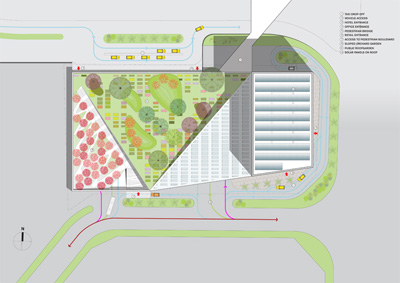
Other diagonal lines – all derived from the trajectory of the metro – become the organizing motif of the building. A series of open green spaces have been strategically inserted between the different programmatic zones. These “green pockets” are chiseled into the building, creating a natural counterpoint to the hard edges of the tower and providing a striking visual confirmation of the building’s commitment to the new ecological urbanism. The building’s diagonal forms also help the structural system.
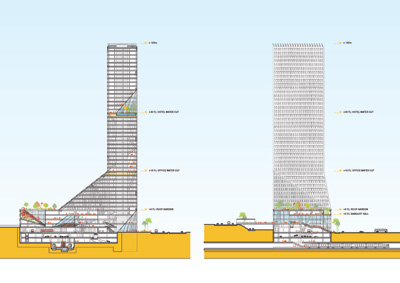

Efficiency is a hallmark of the building’s systems. The floors directly below each cut take advantage of the requirements for large structural trusses and refuge floors to create space for natural water filtration systems. By sharing systems, the building can also take advantage of the inverse day-night load cycles of the offices and the hotel, spreading out the maximum loads across 24 hours. Rooftop solar panels at the tower and podium will help provide additional energy for the building.
We call this tower the Interchange – a vertical city that twists together natural green space with ecological systems, structural and functional efficiency with dramatic new forms and technology, while linking the underground to the sky.


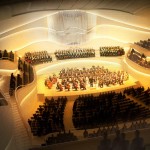
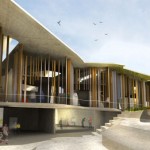
3 Comments
3 Pings & Trackbacks
Pingback:Shenzhen Interchange by WORKac
Pingback:Shenzhen Interchange Tower Designed By WORKac | TheTechJournal.com
Pingback:Shenzhen Interchange Tower Designed By WORKac | news